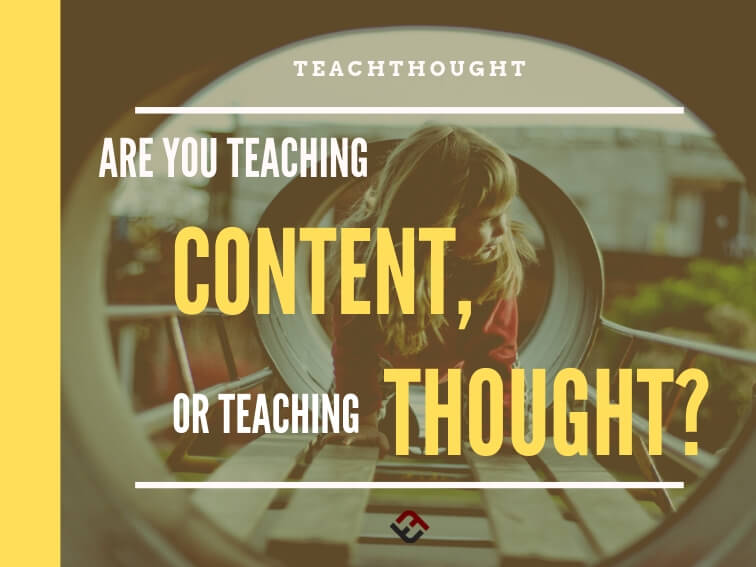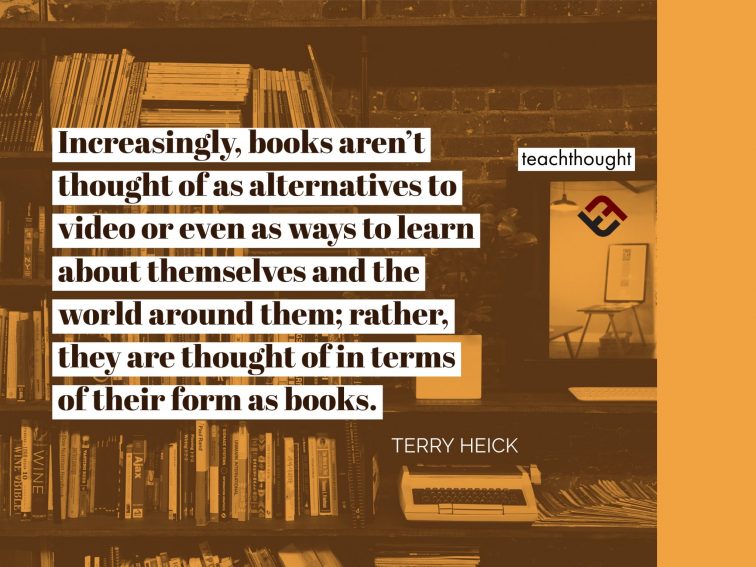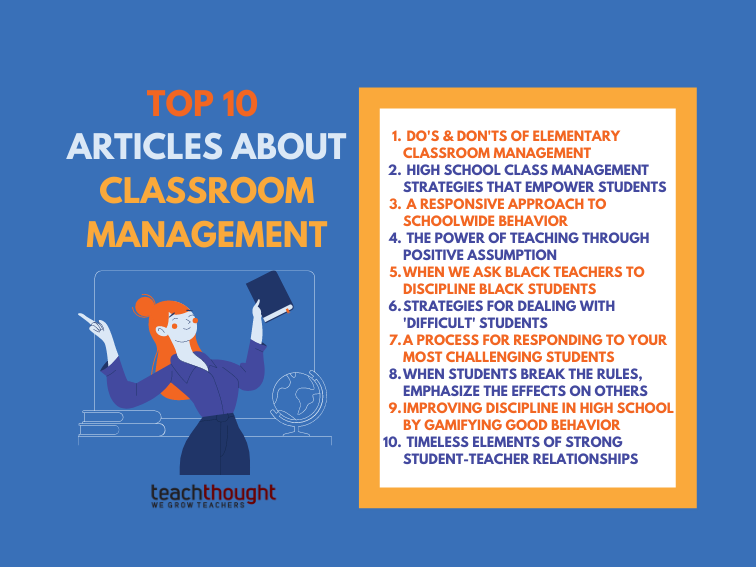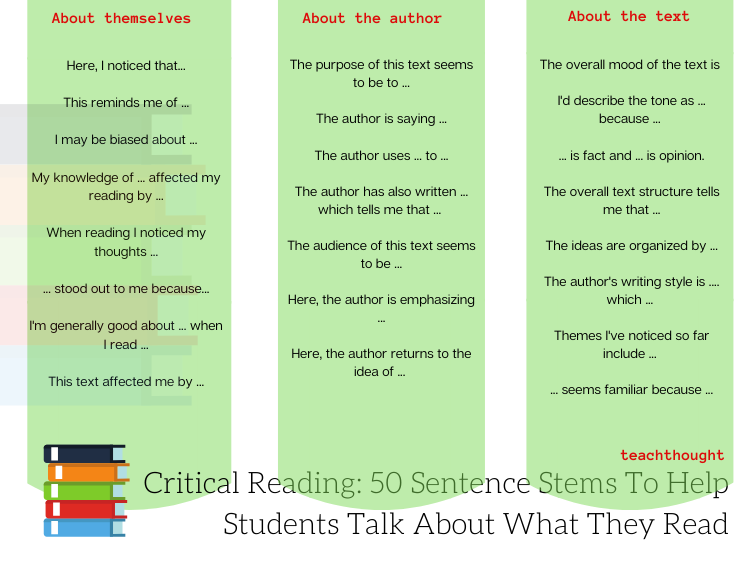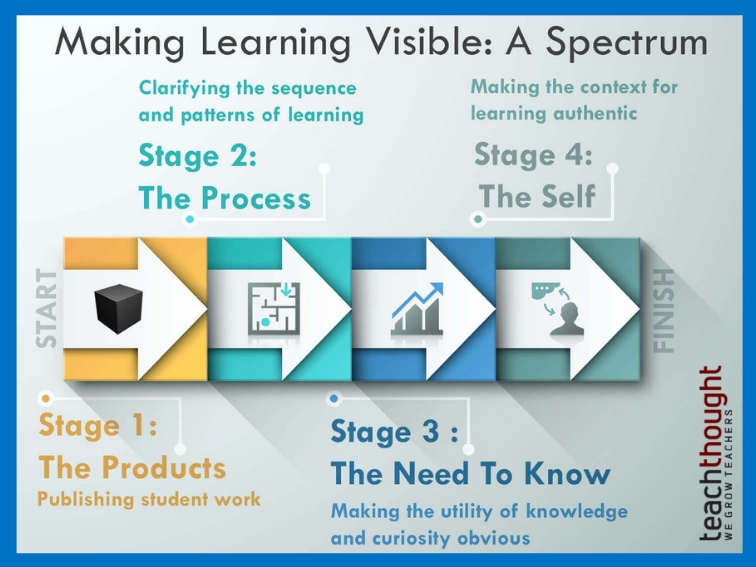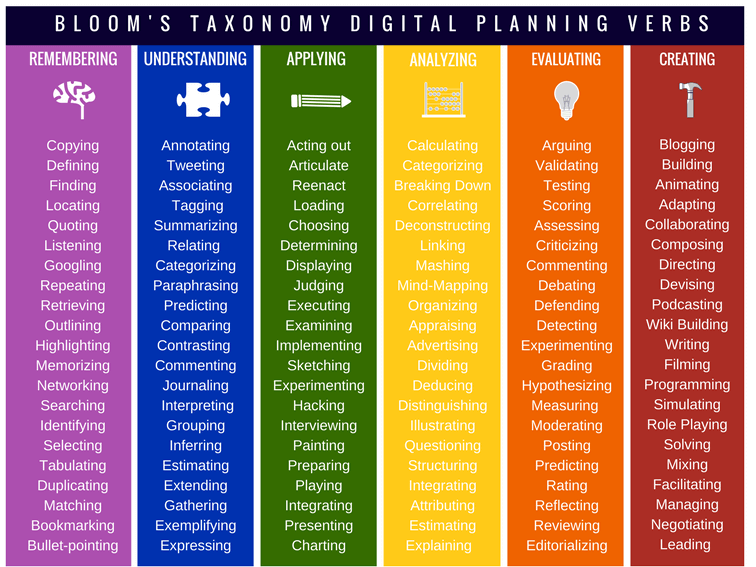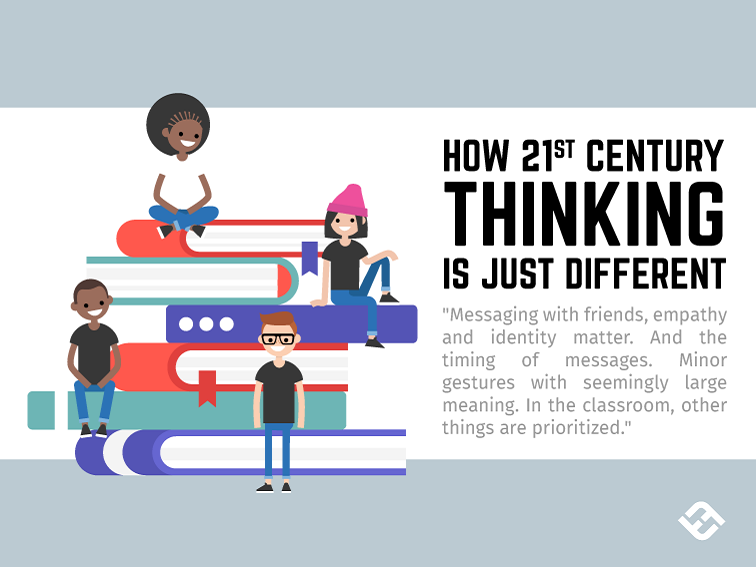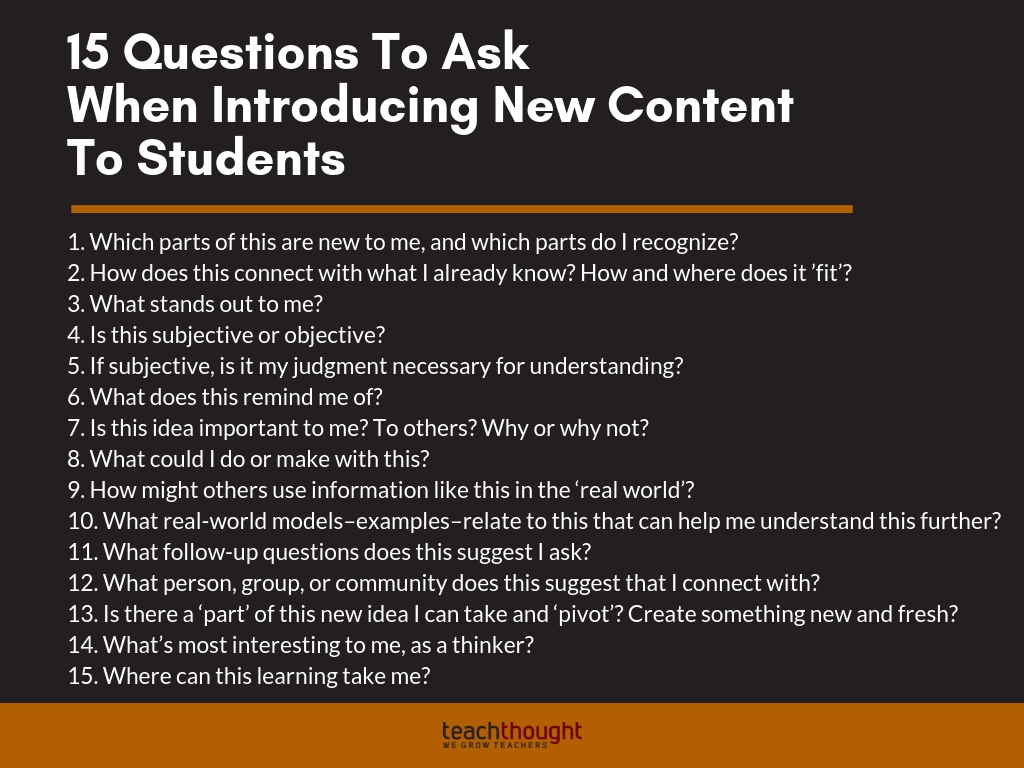Tag: Our Best
Are You Teaching Content Or Teaching Thought?
If our curriculum is thinking, if our job is (excuse the convenient phrasing) teaching thought, our goals as educators change.
Don’t Teach Kids How To Read, Teach Them Why
Increasingly, books aren’t thought of as entertainment or even as ways to learn; they are thought of in terms of their form:…
12 Of Our Best Articles About Classroom Management For…
We’ve compiled our best articles on classroom management for novice & experienced teachers to refresh their skills & reframe their thinking.
50 Sentence Stems for Reading Critically
Critical reading is about gathering knowledge, understanding context, and seeing ideas from multiple perspectives to make sense of a text.
How To Make Learning Visible: A Spectrum
As we make learning visible, the process and sequence of learning is illuminated. This helps students see understanding as always evolving.
8 Strategies To Help Students Ask Great Questions
A good question can open minds, shift paradigms, and force the uncomfortable but transformational cognitive dissonance that can help create thinkers.
How 21st Century Thinking Is Just Different
The shift toward a fluid, formless, socialized nature of information, thought, and belief is a not a small one.
15 Questions Students Can Ask Themselves When Learning New…
When introducing students to new content, the right questions and language can help disarm uncertainty and encourage a growth mindset.
